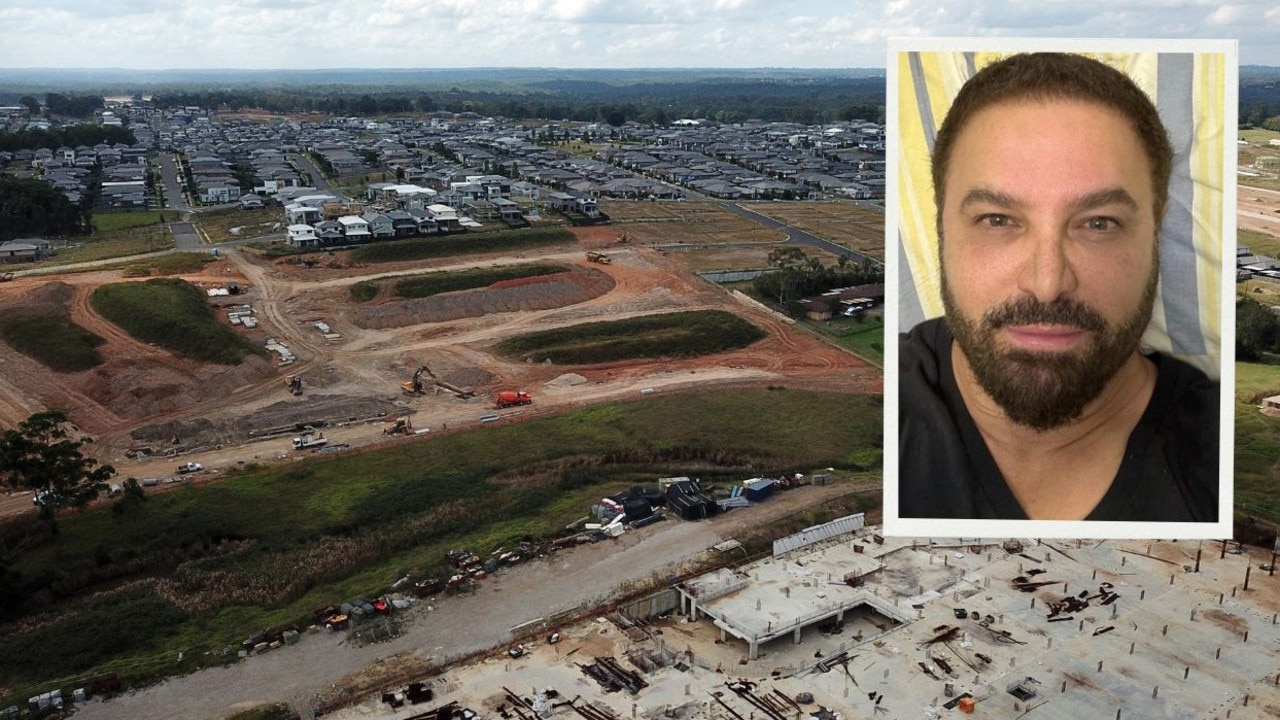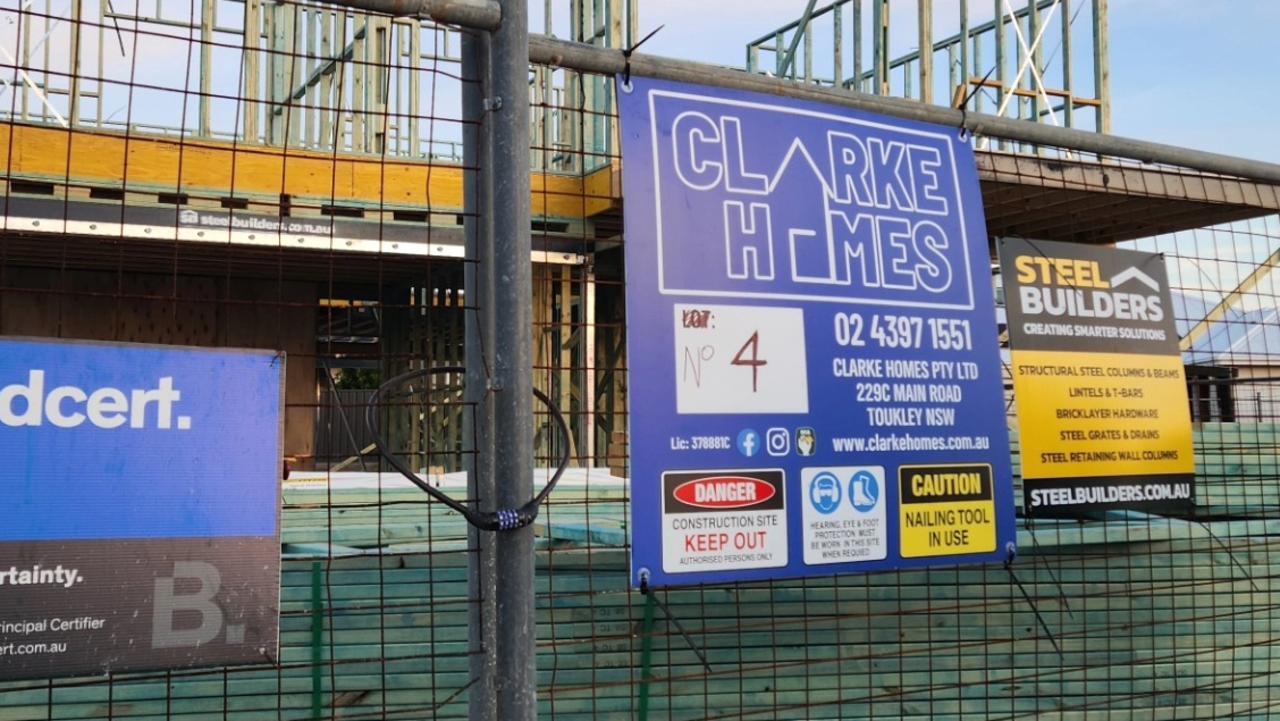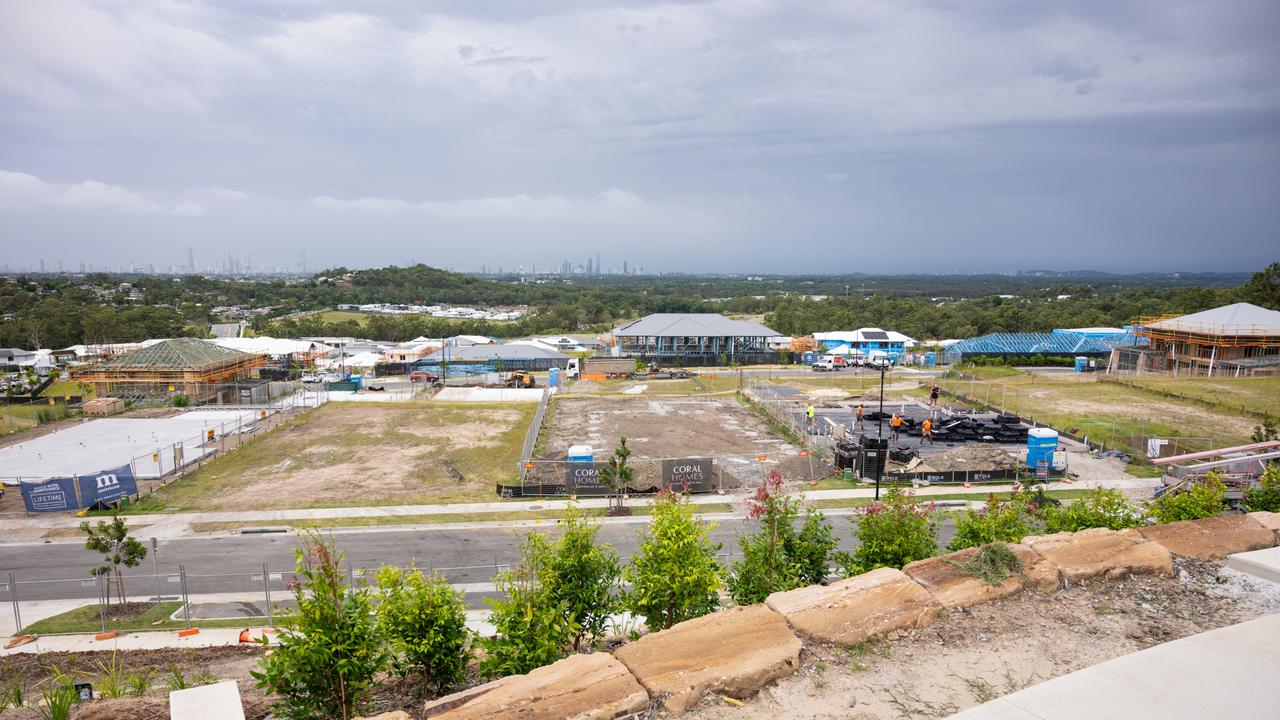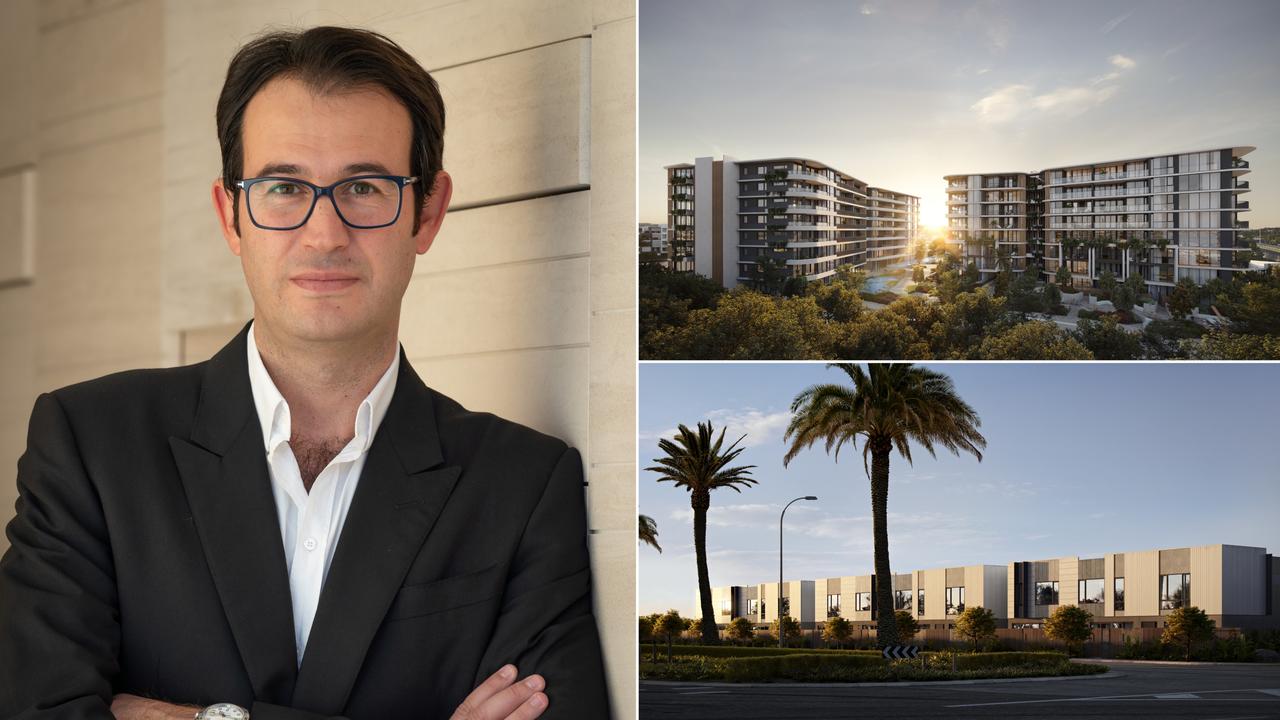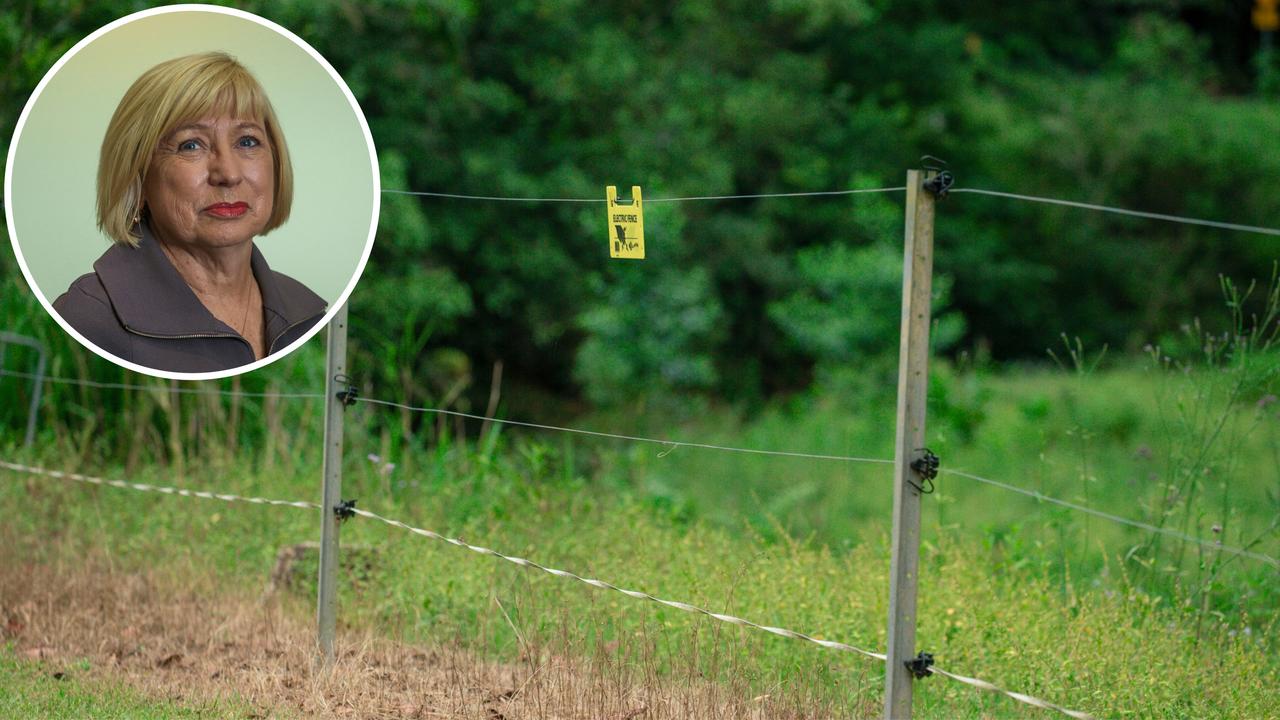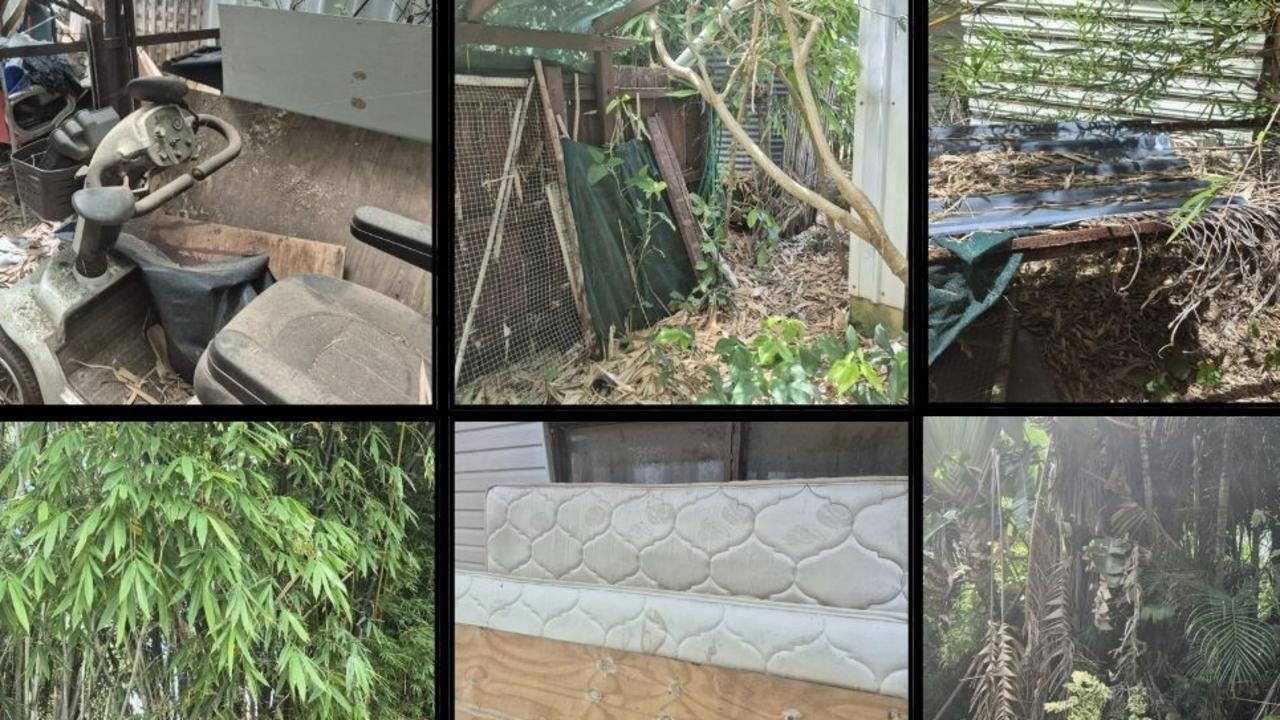'Relocatable home' definition challenged by resident
An Innes Park resident scrutinises a relocatable home park which may be subsidised by the Bundaberg Regional Council.
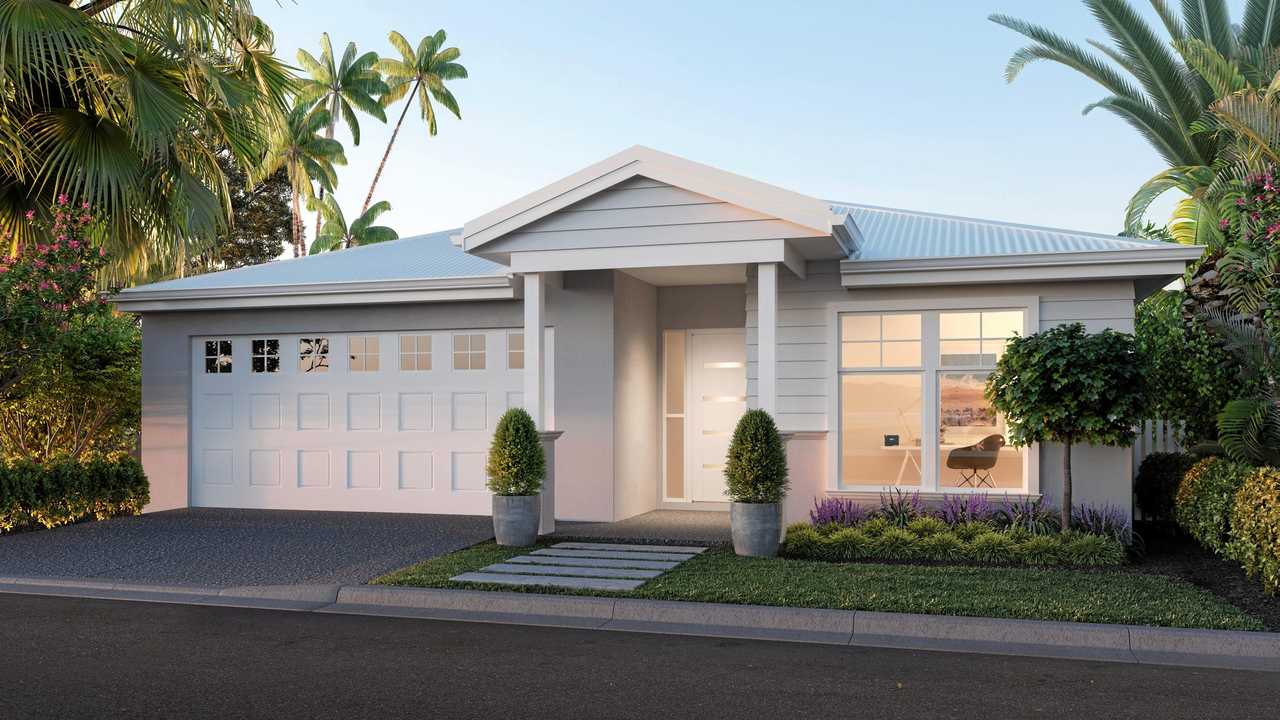
Property
Don't miss out on the headlines from Property. Followed categories will be added to My News.
THE label "relocatable homes” connected to a lifestyle resort project is questioned by an Innes Park resident, who believes the definition to be a "legal loophole” used by developers.
Bargara Waters is branded as a relocatable home park of 344-dwellings worth more than $4 million in revenue to the Bundaberg Regional Council.
The project is in the first of five stages and is also under consideration for a benefits package from council aimed at boosting investment in the local construction industry.
Under the council's Open for Development scheme, relocatable homes receive a subsidy of 50 per cent from its infrastructure charges but the application process is closed from June 28.
Innes Park resident Rob Ellis said the definition of "relocatable” helped the higher density project to be approved in a rural area.
"How relocatable will these buildings be?” Mr Ellis said in a letter to the editor published in today's edition of the NewsMail.
"When I think of a relocatable home I think of something on wheels, like a good old fashioned Coromal caravan, or at least a demountable building used for short-term purposes in periods of high accommodation demand.”
Mr Ellis said the developer, AEP Developments, rushed the project so that it could qualify in time for a reduction in infrastructure charges, which he said could be worth up to $1 million.
"Think about that for a moment: Bundaberg Regional Council is happy to rush this development through the approval process, acknowledging just the bare minimum of usual planning requirements, so that the ratepayers can forgo $1 million in revenue,” he said.
"There's a lot that could be done for the community with $1 million.”
AEP Developments' director Andre Hayek said the houses will appear solid, but were specifically engineered to allow for relocation if it was necessary.
The project was a land lease community, where residents will own the houses outright and pay a weekly site fee which covers the lease, operating costs, council rates, and landscaping,” Mr Hayek said.
"Through the delivery of Bargara Waters the project will contribute over $4m in infrastructure charges, on top of any potential discount, that will go towards funding local infrastructure.
"The project will also dedicate over 1.5 hectares of oceanfront parkland to the Council and allow for the extension of the turtle trail.”
A council spokesman confirmed an application by AEP Developments had been made for the Open for Development scheme, and that it was being processed.
The spokesman supplied the council's Planning Scheme 2015, which defines a relocatable home park as "premises used for relocatable dwellings, whether they are permanently located or not, that provides long-term residential accommodation.
"The use may include a manager's residence and office, ancillary food and drink outlet, kiosk, amenity buildings and the provision of recreation facilities for the exclusive use of residents.”
A Department of State Development spokeswoman said that councils were responsible for the assessment of development applications, including the interpretation of the definitions in its planning scheme.
"A development application must be accompanied by the required fee which, for an application or referral to a local government, is a fixed fee decided by the council,” she said.
Originally published as 'Relocatable home' definition challenged by resident

